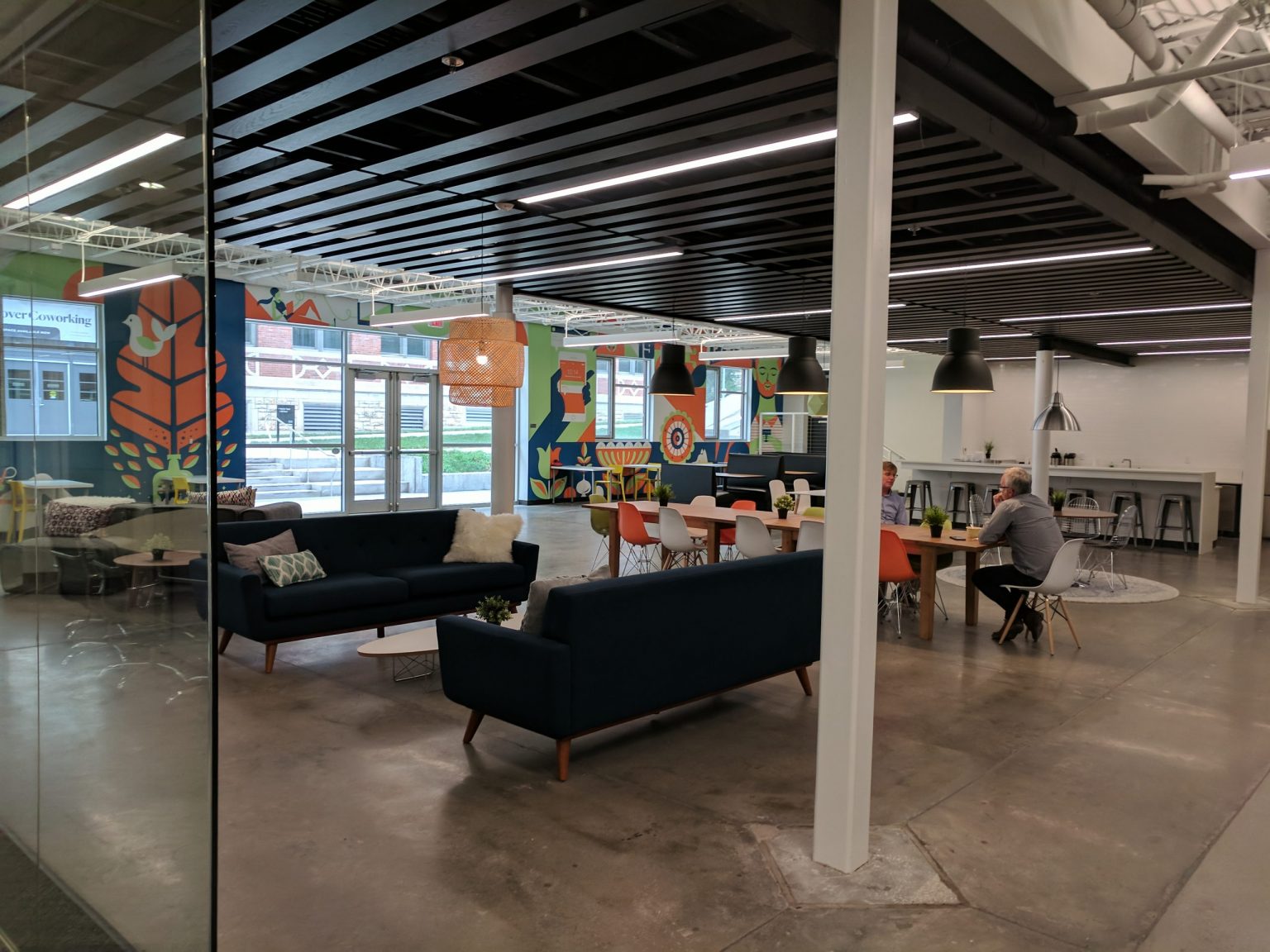
Flexible Office Space: A trend here to stay?
One of biggest trends reshaping commercial real estate right now is the demand for flexible office space. From the hubbub over the bloated IPOs of coworking giants like WeWork to the increasing demand for flex space, we believe this trend is not just the flavor of the month. It is changing the dynamic between owners and tenants. Are you adapting?
What is flex space?
An abbreviated form of “flexible space”, flex space refers to a property which can be used for both office and warehouse space (in most cases). We’ve seen a sharp increase in demand for flex space in recent years. A significant percentage of new commercial properties in the greater Boulder market in the last couple years have been flex warehouses, found notably in the Colorado Technology Center southeast of Boulder.
Office tenants looking to save money as well as create a modern/industrial vibe, are ditching the downtown density for funky warehouses outside of city centers. Further, with the growth of eCommerce, warehouse and distribution space with attached office space is in greater demand than ever.
But flex space is not the only form of flexibility in demand.
What is flexible office space?
The demand for flexible office space is made evident by the uptick in coworking brands. Coworking giants like WeWork and Industrious, but also locally owned versions, can now be found in every city across America.
Aside from the novelty of collaboration and shared space among unrelated tenants, coworking spaces offer flexible short-term (often month-to-month) leases, which is appealing for growing (or shrinking) companies not ready to commit to 5- to 7-year leases. Also they offer a social place to work for solo-preneurs or remote employees working from home without having to commit to a traditional office space.
Some companies are taking this trend a step further, offering services such an “office space curator”, creating custom office spaces designs from lease structures to furniture to physical space, which accommodate–or “flex” with–tenants’ changing needs over time.
The flexible office trend does not appear to be going anywhere soon. Coworking spaces represent one facet of a much larger trend. Landlords in the greater Boulder area need to be ready to adapt to these changes.
Tips for Landlords in Boulder and Beyond
If you are a property owner there are some ways that you can attract tenants looking for flexibility, even if you are not ready to start your own full service coworking space.
- Create smaller private spaces. If you have a property with multiple private offices, consider offering separate leases for each office. While coworking is great for some, there are many solo practitioners who need a professional and private space, such as body workers, mental health professionals, and solo-practicing service providers. Some may still opt for longer term leasing, especially if you check all the other boxes for amenities, ambiance, and location.
- If your office property is 2,500 – 4,000 SF, make it divisible. In Boulder, it is often the case that companies which need >2,500 SF are big enough to also need a bigger talent pool (and more affordability), which bumps them out of the market to Denver. 3,000-4,000 SF office spaces are a tough size to fill; allowing tenants to divide this up to fit their needs meets the demand for flexibility.
- Offer flexible lease options. Coworking spaces charge a premium on their month-to-month leases and you can too. Options for short term leases are a great way to attract a wider range of tenants.
